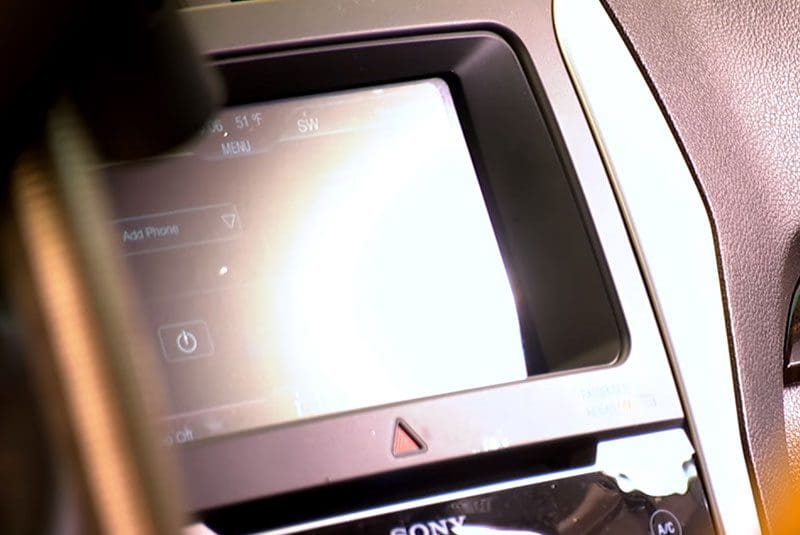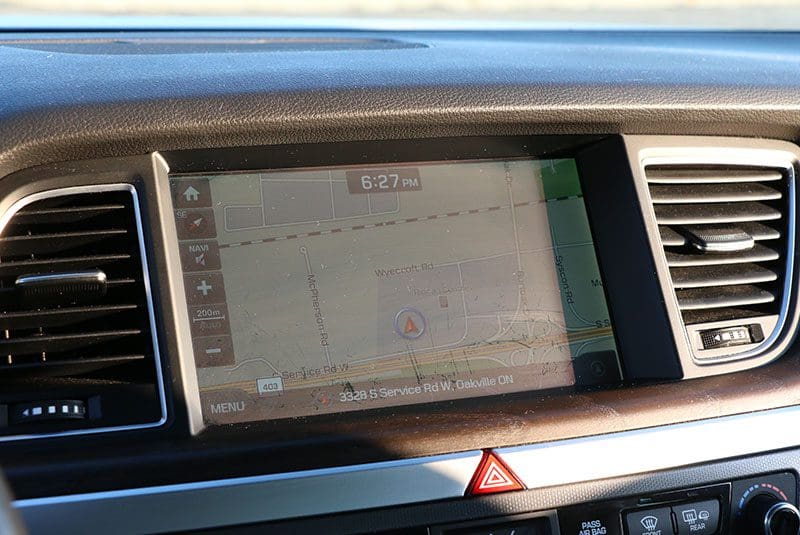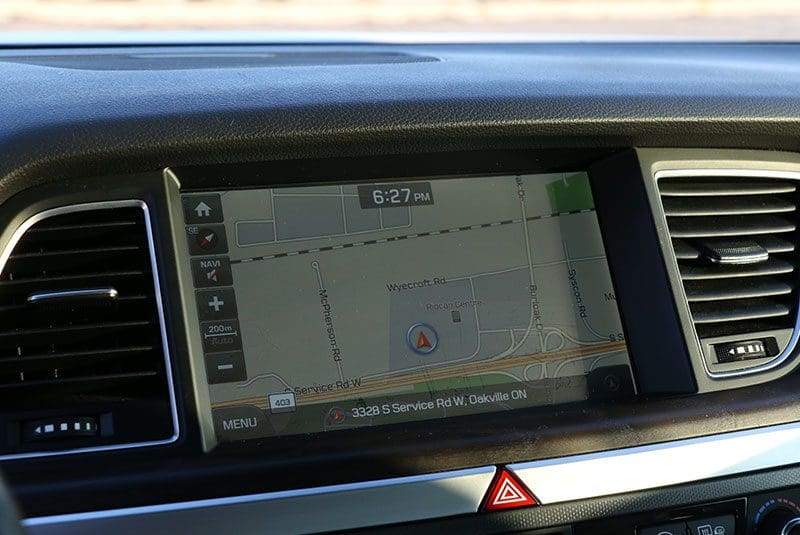Did you know that automotive window tint reduces glare so that you can see better while driving? That’s right; tint doesn’t just make your car look awesome and help to keep it cool inside. Reducing glare helps you see the gauges and displays in your vehicle better and can dramatically improve your vision out the front window, making it easier to see vehicles, objects and pedestrians in your path.
What Is Glare?
 Glare comes in many forms. The most common in automotive situations is a reflection in a screen or display from light coming from behind you. This light washes out the screen, making it very difficult to see. This can happen to entertainment and infotainment systems in the center console or dash of your vehicle on a bright day.
Glare comes in many forms. The most common in automotive situations is a reflection in a screen or display from light coming from behind you. This light washes out the screen, making it very difficult to see. This can happen to entertainment and infotainment systems in the center console or dash of your vehicle on a bright day.
Another common type of glare is from oncoming vehicles, especially when it’s raining. The light from the headlights is scattered by the water droplets. This wash of bright light reduces our ability to see darker objects in the distance.
Even bright light coming in the side windows or a sunroof on a nice day can change the way your eyes see objects in front of you.
How Does Window Tint Reduce Glare?
In vehicles where the side and rear windows are tinted, the amount of light transmitted into the vehicle is reduced. The amount of reduction depends, of course, on how dark the tint is. Using a specification called visible light transmission, or VLT, tint film darkness is rated by the amount of visible light that passes through. A 40% VLT film allows about 40% of light to pass through and would be considered medium tint darkness. A 5% VLT film is very dark as only 5% of light passes through; this is often referred to as limo tint.

If you’re driving in a vehicle and the sun is behind you, it will reflect off the display in your dash or center console. Blocking light from entering the vehicle reduces this reflection (which is called glare) and helps make the screen more visible.


Other Ways Tint Improves Visibility
When you’re driving at night, light reflected into your eyes from your rearview or side mirrors can be quite bright. The iris in our eyes will close slightly to reduce the amount of light that reaches the optical sensors. This works the same way as the aperture in a camera lens. Once the iris is closed, it becomes much harder to see objects on the road in front of the vehicle.
Adding window tint will reduce the amount of light from vehicles behind us, helping us see farther down the road.
- Night Driving Tip: Turn down the brightness of your dash display, gauges or navigation system and turn off any fog lights that light up the road directly in front of your vehicle. Reducing these light sources will let your eyes see darker objects that are farther down the road.
Protect Yourself with Automotive Window Tint
 Here’s a quick test you can do the next time you’re stopped at a traffic light. If the sun is shining in the side window, hold your left hand up beside your ear. Slide it straight forward until your thumb is right beside your left eye. Did you notice how much easier it is to see out the front of your vehicle? Adding window tint has the same effect.
Here’s a quick test you can do the next time you’re stopped at a traffic light. If the sun is shining in the side window, hold your left hand up beside your ear. Slide it straight forward until your thumb is right beside your left eye. Did you notice how much easier it is to see out the front of your vehicle? Adding window tint has the same effect.
Whether you want to reduce glare in your vehicle so you can see farther down the road or you want to prevent potential skin damage from prolonged UV exposure, having the windows in your car or truck tinted is a great idea. Check with your specialist mobile enhancement retailer today to find out if they offer window tinting services.

